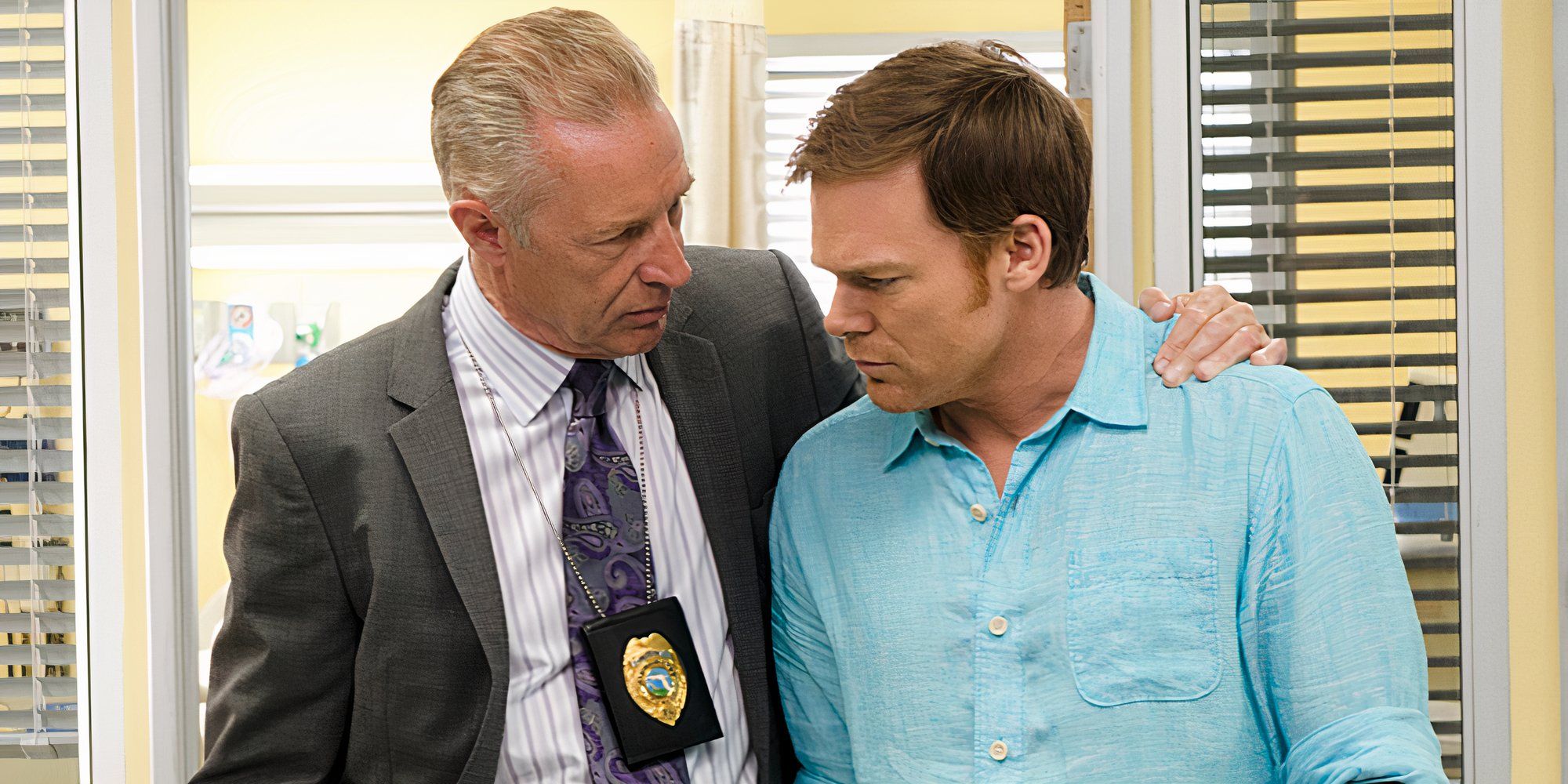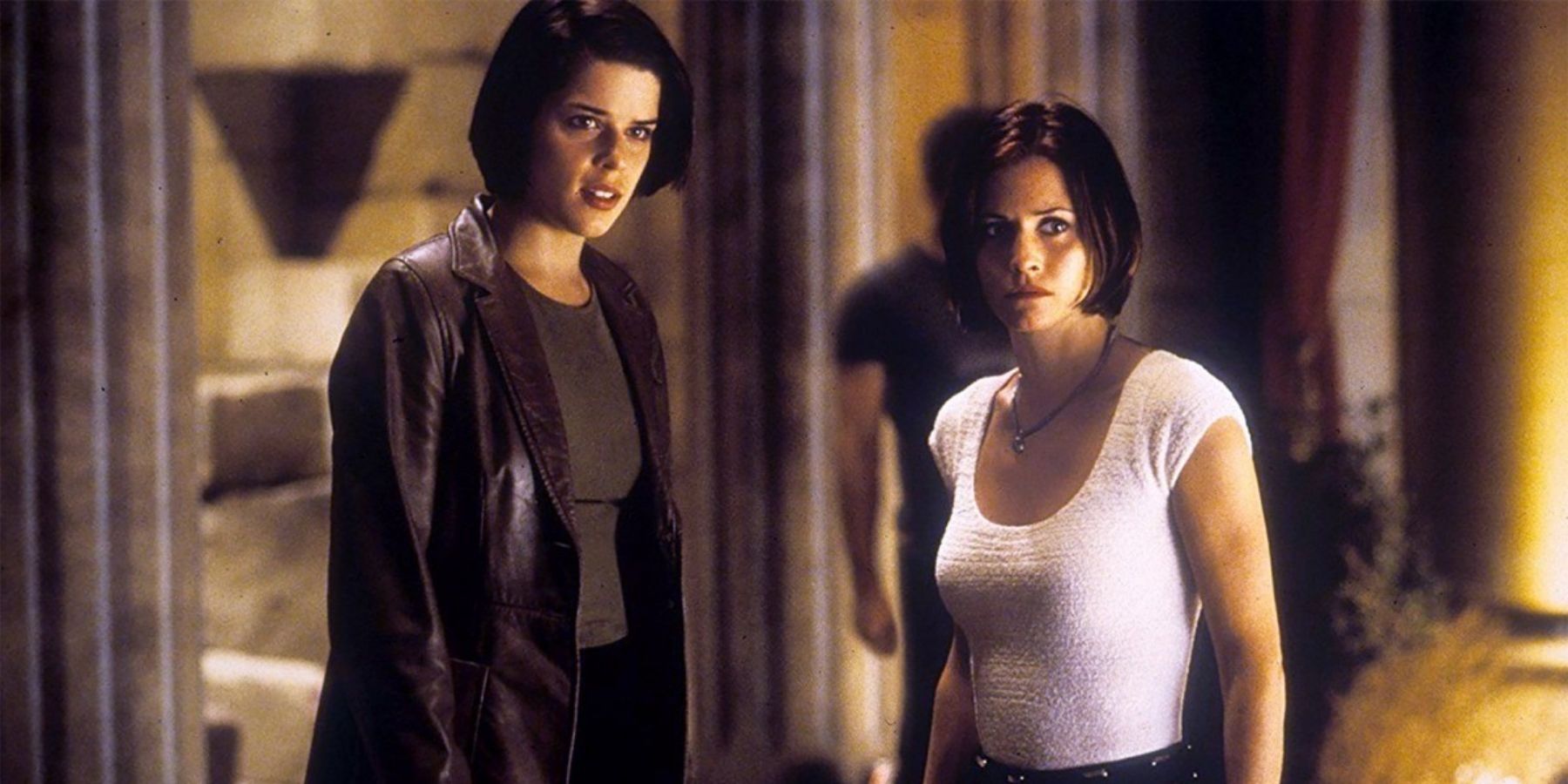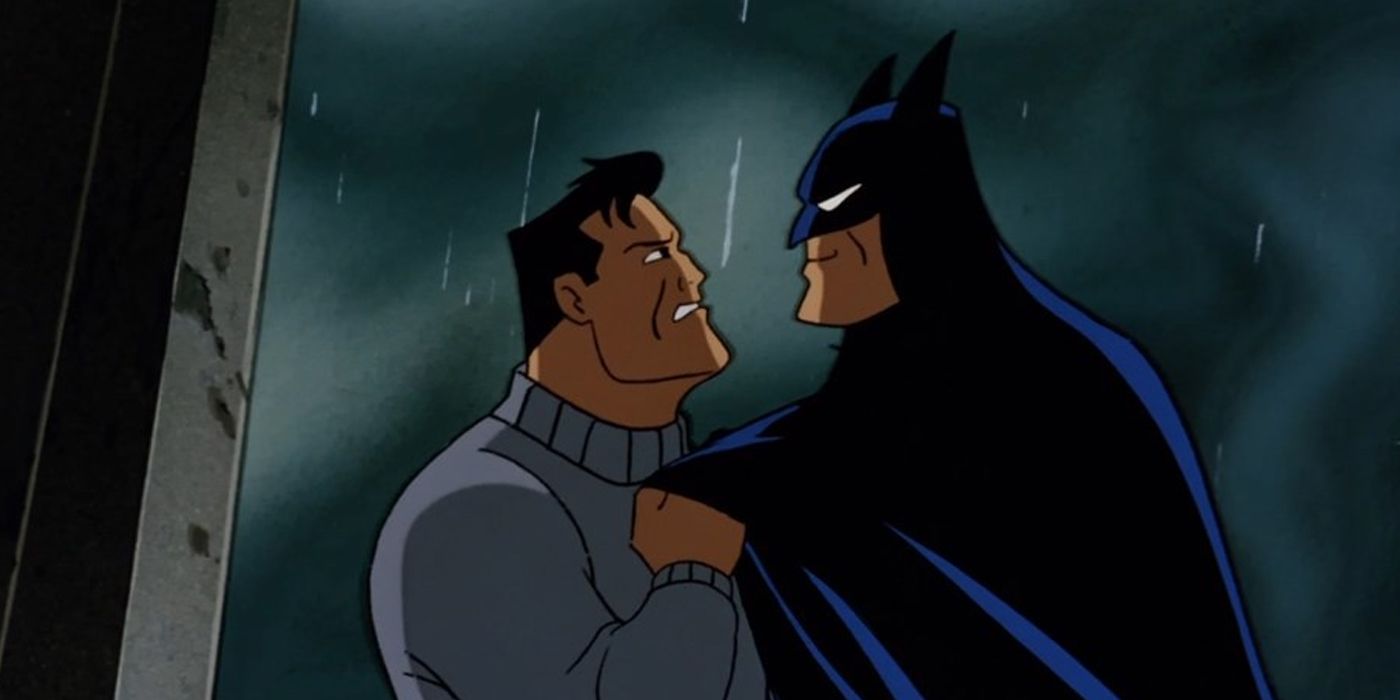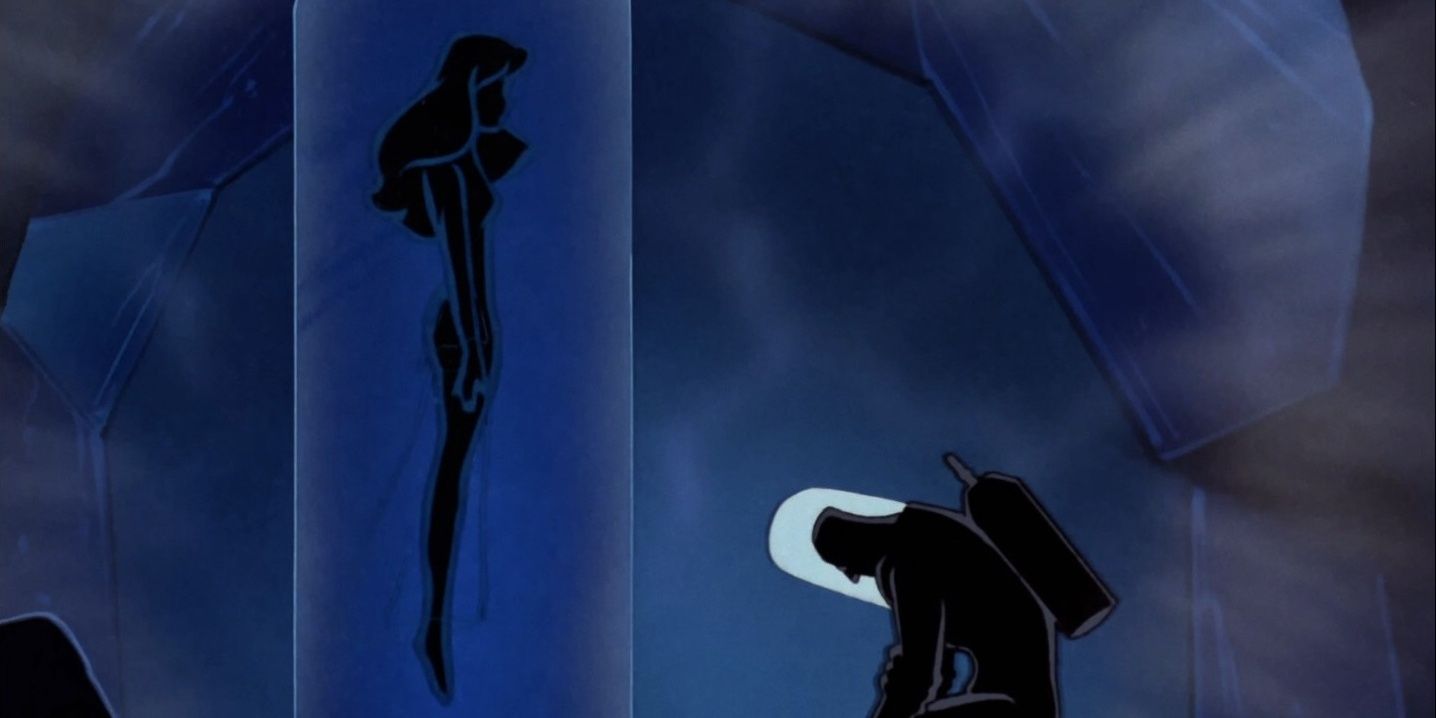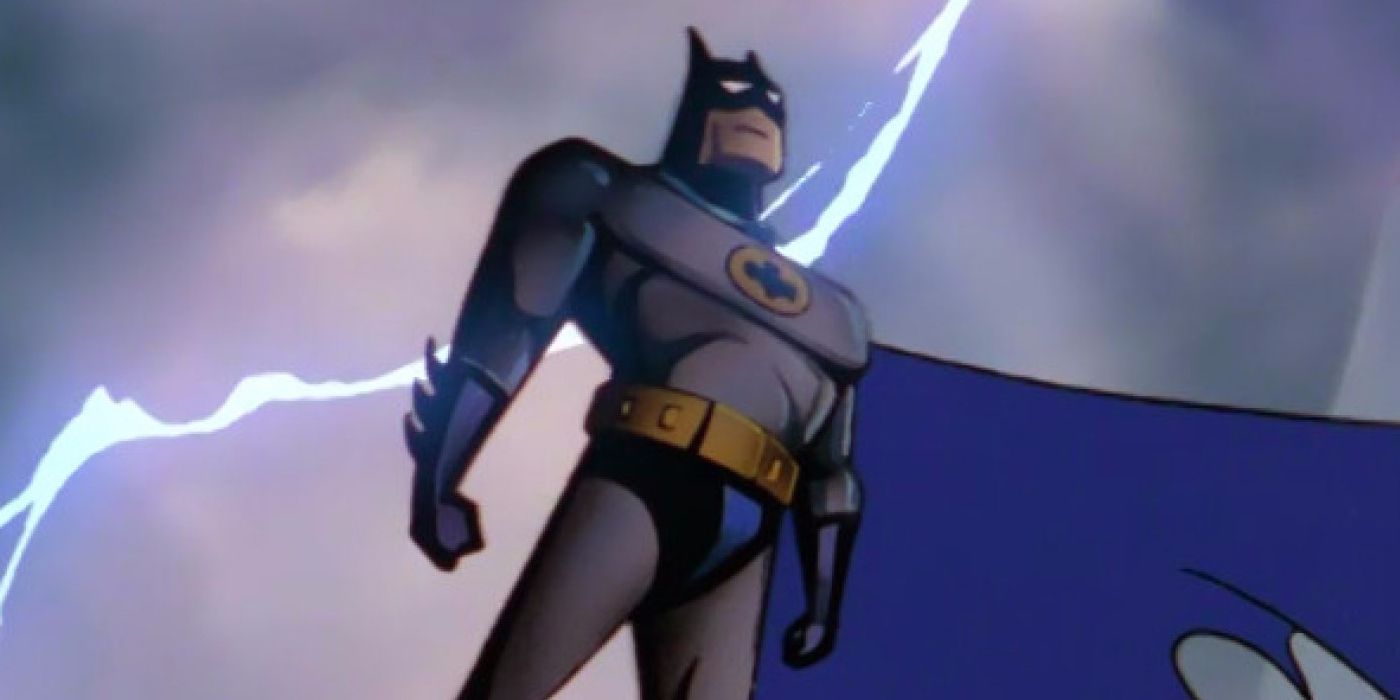Highlights
- Batman: The Animated Series, created in 1939, is the best non-comic adaptation of the Caped Crusader, remaining true to the character.
- The show took a more mature and darker approach to Batman, delving into his struggles and adding a human touch to the character.
- Batman: The Animated Series stood out with its art style, animations, fully orchestrated soundtrack, and memorable intro, setting a high standard for superhero shows.
Created all way back in 1939, Batman was an immediate hit in the comics and would later appear in several different movies, animated media, and even video games. The Dark Knight underwent quite a lot of changes especially in the tone of the character before becoming what he is right now.
With so many adaptations, fans also debate which iteration has perfectly nailed the Caped Crusader and remained true to the character. The debate has been ongoing for quite some time; however, the question was already answered quite some while ago. Over 3 decades ago, Warner Bros. Animation made such a timeless classic that is yet to be topped to this date, despite several different Batman movies and TV shows airing. There are several reasons why Batman: The Animated Series is better than its non-comic adaptations and the only one to have done justice to Batman's character.
How Batman: The Animated Series Became One Of The Best Animated Shows Of All Time
While Batman was already a fan favorite among many comic book enthusiasts, Michael Keaton’s Batman soared the Dark Knight’s popularity in mainstream media. Soon followed was Bruce Timm’s Batman: The Animated Series which left a mark on the superhero franchise as a whole and defined Batman's character for a generation. Despite being aired over 3 decades ago, Batman: The Animated Series is still hailed as the best Batman non-comic interpretation.
Batman: The Animated Series was much more than just being a cartoon. The show had a much more mature theme and a darker take on the caped crusader than any other non-comic medium before it. It would later also inspire Christopher Nolan's Batman Trilogy and the recent Matt Reeves The Batman film. A sudden and drastic shift that shied away from the comedic and friendly take on the superhero was quite risky but paid off well for Warner Bros. Batman: The Animated Series was the first show ever to delve deeper into Bruce Wayne and his Batman persona and the character's struggles to keep the line between both intact, adding a human touch to the character.
The fact that Batman: The Animated Series stuck closely to its source material but at the same time explored its characters more is also one of the reasons why it was so successful in the first place. In terms of art style and animations, the show also set a bar for every other superhero show at the time with amazing visual aesthetics and art design that perfectly captured the vibe of 1900s Gotham City. What’s the most memorable part about the show is its soundtrack and the intro which is recognizable in the first listen. The fact that Batman: The Animated Series had a fully orchestrated soundtrack was mindblowing and not typical for a TV Show. Whether a superhero or a villain, each had their own sound themes giving them their moments of shine
What Makes Batman: The Animated Series Better Than Any of the Character's Non-Comic Iterations
The portrayal of Batman in various media has often oversimplified his character. While Batman and the man behind the mask, Bruce Wayne, are indeed two different personas with distinct personalities, this complexity has not always been effectively conveyed, especially in movies. Bruce Wayne is somewhat of a billionaire social playboy and becomes a non-facade vigilante when he puts on the mask. The Christopher Nolan Batman Trilogy and Matt Reeves’ The Batman went quite opposite on Bruce’s character showing him as an introverted, anti-social person.
While Ben Affleck's version did justice to this aspect, his Batman broke every rule that made Bruce Wayne put on the mask in the first place by breaking the no-kill rule, something the Bat is quite serious about. In contrast, Kevin Conroy's voice performance in Batman: The Animated Series expertly differentiated between Batman and Bruce Wayne. Even the sudden shift in tones and pitch immediately made it clear that these were two distinct characters, resonating with viewers subconsciously.
There's always been one specific standout character from each Batman movie or TV series at the cost of overshadowing others, like Heath Ledger's Joker in Christopher Nolan's films or Green Arrow in Batman: The Brave and the Bold from 2011. Batman: The Animated Series, however, gave depth and development to all its characters, effectively utilizing Batman's Rogues Gallery. This contrasted with many other Batman movies and shows that frequently recycled the same villains, something viewers have gotten tired of now.
Batman’s sidekicks in many adaptations have been just sidekicks for the most part, struggling to escape his shadow and develop as independent characters. Yet, Batman: The Animated Series provided proper stories and character development for Dick Grayson and Barbara Gordon. Dick eventually grew out of his Robin persona to become Nightwing and became equal to Batman in many ways.

